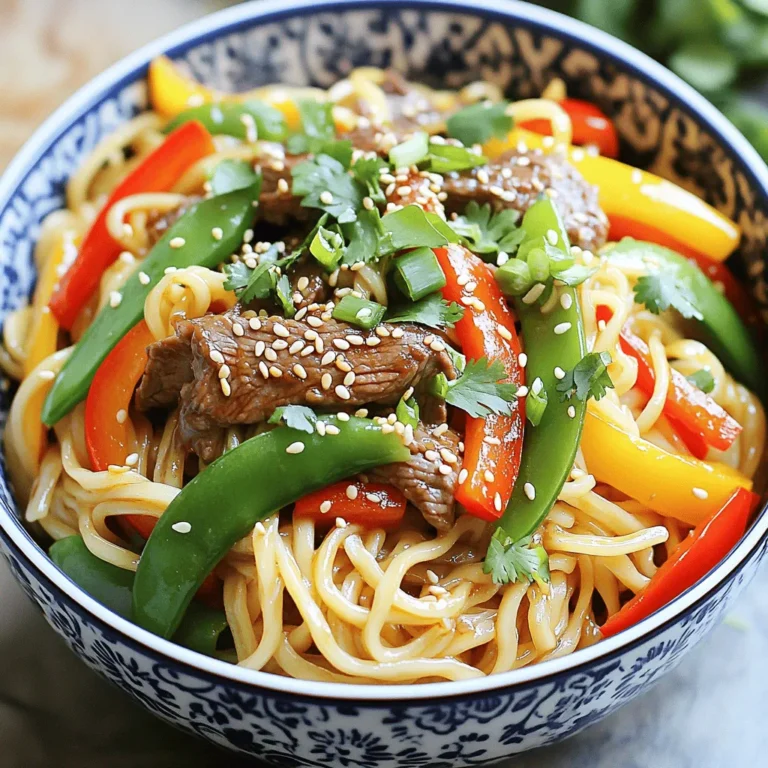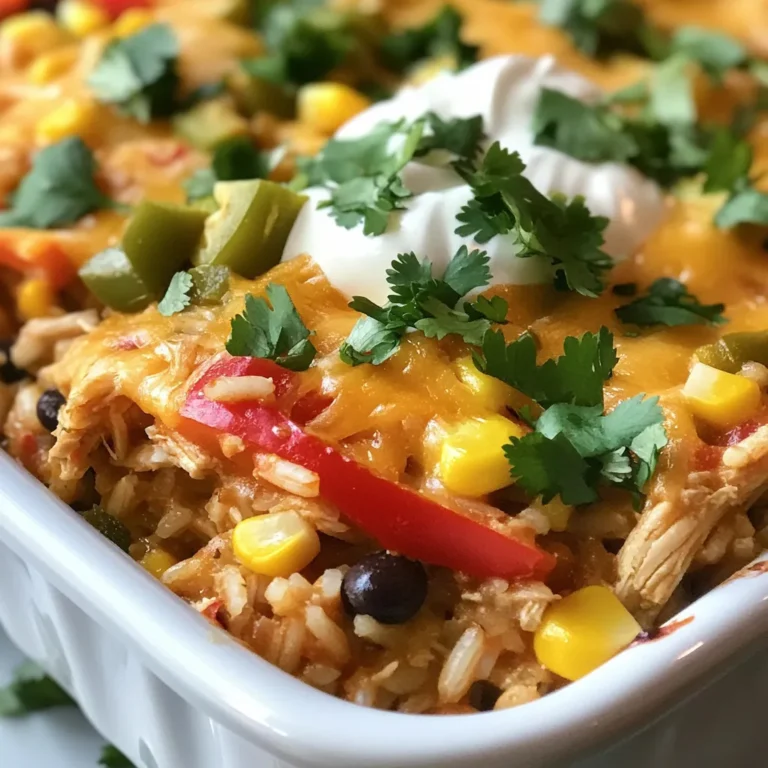Sheet Pan Maple Dijon Salmon Tasty and Easy Recipe
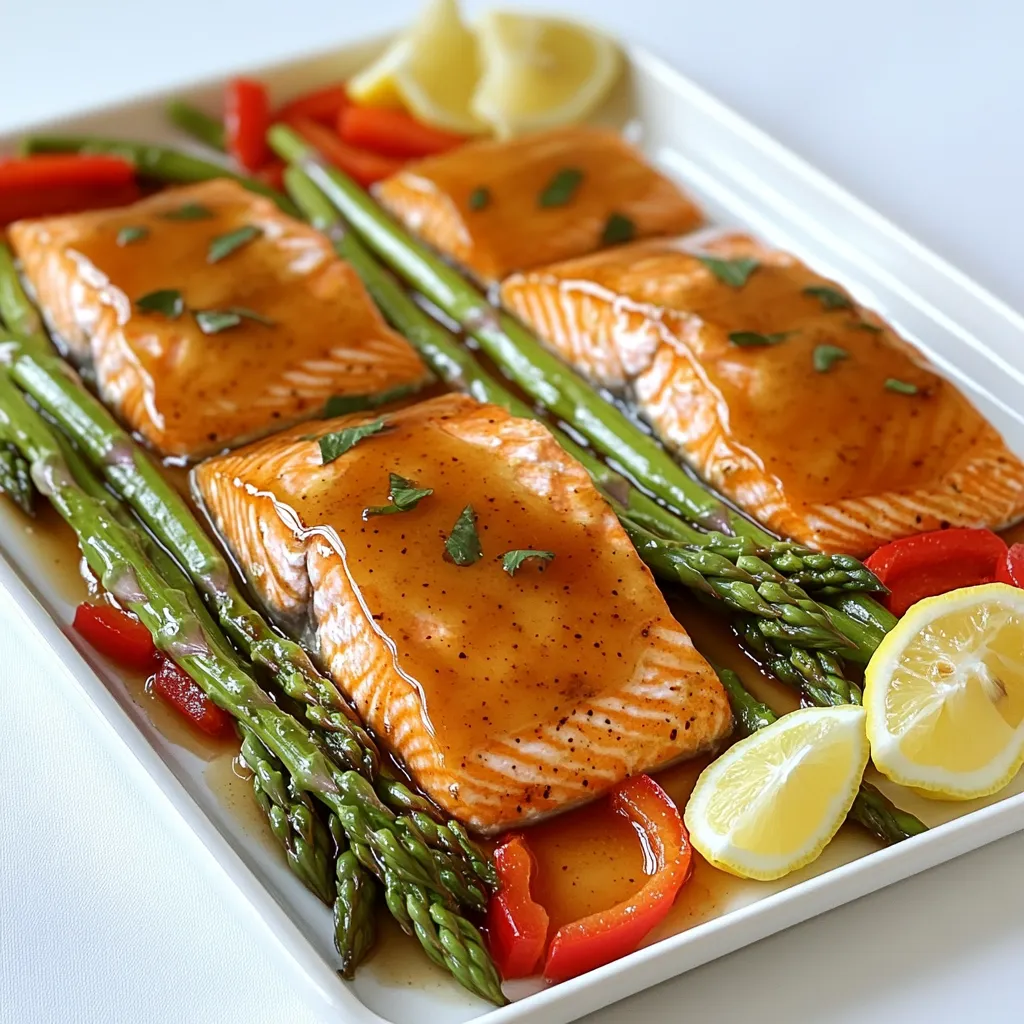
Looking for a quick, flavorful dinner? You’re in the right place! This Sheet Pan Maple Dijon Salmon recipe is not only easy to make but also bursting with delicious taste. With just a few fresh ingredients and simple steps, you’ll whip up a meal that impresses everyone. Let me guide you through this tasty dish that’s perfect for busy weekdays or relaxing weekends. Grab your apron, and let’s get started!
Ingredients
Main Ingredients for Sheet Pan Maple Dijon Salmon
– 4 salmon fillets (approximately 6 oz each)
– 1/4 cup pure maple syrup
– 2 tablespoons Dijon mustard
– 2 tablespoons extra-virgin olive oil
– 2 cloves of garlic, finely minced
– 1 teaspoon fresh thyme leaves (or 1/2 teaspoon dried thyme)
– Salt and freshly ground black pepper to taste
The salmon is the star of this dish. I love using fresh salmon fillets, as they cook quickly and taste amazing. The maple syrup adds a sweet touch, while the Dijon mustard gives a nice tang. Olive oil helps keep the salmon moist. A touch of garlic adds depth, and thyme ties the flavors together beautifully.
Additional Ingredients for Roasting Vegetables
– 1 bunch fresh asparagus, with tough ends trimmed
– 1 red bell pepper, cored and sliced into strips
Asparagus adds a nice crunch. I like to trim the tough ends to keep it tender. The red bell pepper gives a sweet, vibrant color that looks great on the plate. Both veggies soak up the glaze well.
Optional Garnishes and Serving Suggestions
– Lemon wedges for serving
Lemon wedges brighten the dish. Just a squeeze of lemon over the salmon and veggies makes each bite pop. For a pretty presentation, serve on a rustic platter. You can add fresh thyme sprigs for a nice touch. Enjoy your dish!
Step-by-Step Instructions
Prepping the Oven and Baking Sheet
First, set your oven to 400°F (200°C). This temperature cooks the salmon and veggies just right. Next, grab a large baking sheet. Line it with parchment paper. This makes cleanup easy and stops sticking.
Making the Maple-Dijon Glaze
In a small bowl, mix together the glaze. Combine 1/4 cup of pure maple syrup and 2 tablespoons of Dijon mustard. Then, add 2 tablespoons of extra-virgin olive oil. Toss in 2 minced garlic cloves and 1 teaspoon of fresh thyme leaves. Add salt and pepper to taste. Whisk the mix until it’s smooth and ready to coat the salmon.
Arranging Salmon and Vegetables on the Sheet Pan
Now, take the salmon fillets. Place them on one side of your baking sheet. Use a brush or spoon to coat the tops with half of your maple-Dijon glaze. This adds flavor and keeps them moist. On the other side, arrange the trimmed asparagus and sliced red bell pepper. Drizzle the rest of the glaze over the veggies. Toss them gently to coat.
Baking to Perfection
Slide the baking sheet into the oven. Bake for 15 to 20 minutes. The salmon is done when it flakes easily with a fork. The veggies should be crisp-tender. Once cooked, take out the sheet and let it cool for a minute. Serve the salmon and veggies hot. Don’t forget fresh lemon wedges for brightness! Enjoy this easy and tasty meal.
Tips & Tricks
How to Choose Fresh Salmon Fillets
When buying salmon, look for bright color. Fresh salmon should have a rich pink or red hue. The flesh should be firm and moist. Avoid fillets that look dull or have brown spots. Ask the fishmonger if the salmon is wild-caught or farmed. Wild-caught salmon often has better flavor. Smell the fish; it should have a clean ocean scent, not a strong fishy odor. If you can, choose salmon with the skin on; it helps keep the fish moist during cooking.
Best Practices for Roasting Vegetables
Roasting vegetables on the same pan as the salmon is efficient and tasty. Cut the veggies into similar sizes so they cook evenly. For this recipe, use asparagus and red bell pepper. Trim the tough ends off the asparagus first. Drizzle olive oil for flavor and toss the veggies to coat. Spread them out in a single layer on the pan. This allows them to crisp up nicely. Keep an eye on them while roasting. You want them tender but not mushy.
Adjusting Seasoning for Personal Taste
Seasoning can make or break a dish. The maple-Dijon glaze adds a sweet and tangy flavor. If you want more sweetness, add extra maple syrup. If you prefer it tangier, add more Dijon mustard. For a spicy kick, consider adding a pinch of cayenne pepper. Always taste the glaze before using it. Adjust the salt and pepper according to your liking. Remember, you can always add more, but you can’t take it away.
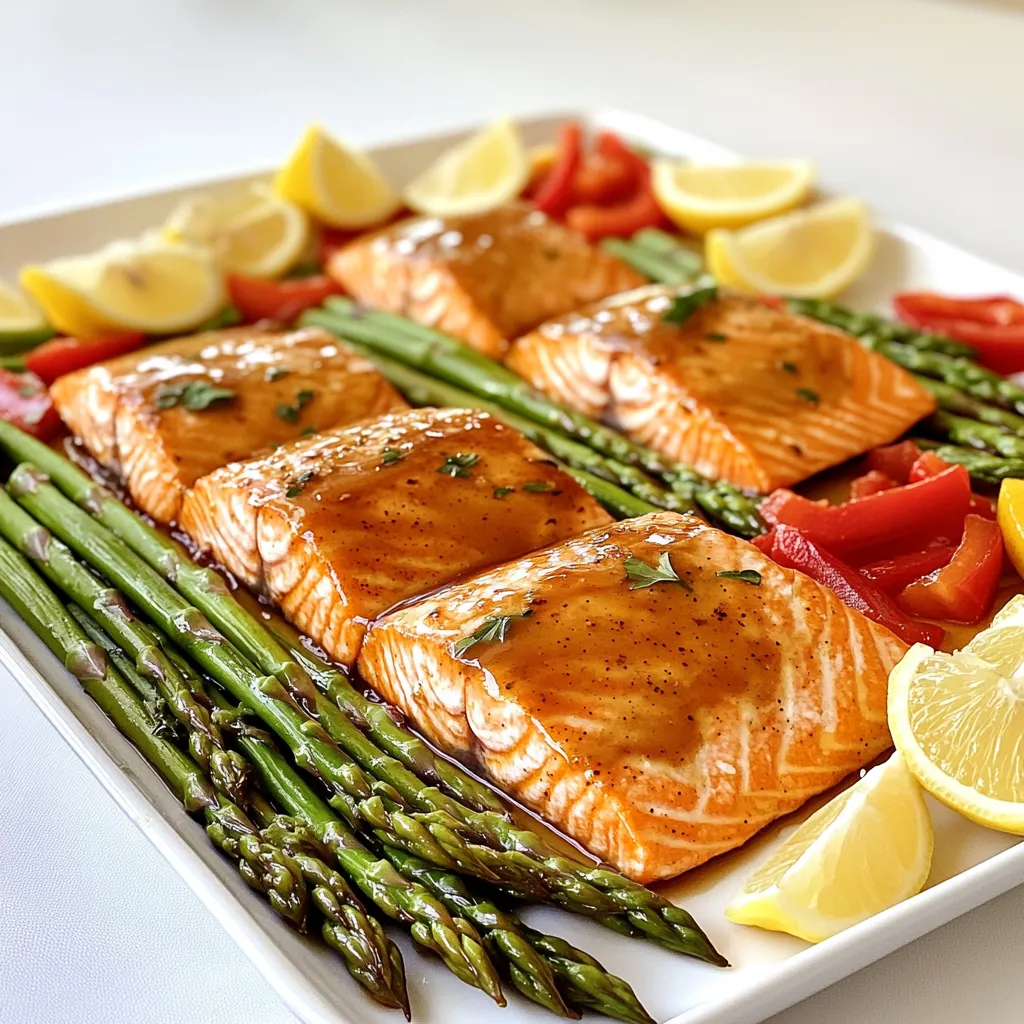
Variations
Alternatives to Salmon
You can switch salmon for other fish. Try using trout or cod. Both cook well and taste great with the maple-Dijon glaze. If you prefer a different protein, chicken breasts work nicely too. Just adjust the cooking time since chicken needs longer to cook. Cut them to even sizes so they cook at the same rate.
Different Vegetable Combinations
Feel free to mix up your veggies! Broccoli and carrots can add color and crunch. Brussels sprouts also roast nicely and take on great flavors. You can even toss in some sweet potatoes for a hearty option. Just remember to cut veggies into similar sizes for even cooking.
Flavor Enhancements and Additions
Want to jazz it up? Add a splash of soy sauce or ginger for an Asian twist. You can also sprinkle some red pepper flakes for heat. If you love cheese, try crumbling feta or goat cheese over the top. It adds creaminess and a tangy kick. Play around with herbs too. Basil or parsley can brighten the dish. Each change can create a new taste adventure!
Storage Info
Storing Leftovers Properly
After enjoying your meal, let any leftovers cool. Place your salmon and veggies in an airtight container. This keeps them fresh and tasty. Store them in the fridge. They will stay good for about three days. If you want to keep them longer, consider freezing them.
Reheating Instructions
To reheat, use the oven for the best results. Preheat your oven to 350°F (175°C). Place the salmon and veggies on a baking sheet. Cover them with foil to keep moisture in. Heat for about 10-15 minutes, or until warm. You can also use a microwave. Just heat in short bursts to avoid overcooking.
Freezing Options for Meal Prep
If you want to freeze your meal, wrap the salmon and veggies tightly. Use plastic wrap or freezer bags. Label them with the date. They can stay in the freezer for up to three months. When ready to eat, thaw in the fridge overnight. Reheat using the oven for the best flavor and texture.
FAQs
Can I use other types of fish for this recipe?
Yes, you can use other fish. Cod, trout, or tilapia work well. Just keep in mind that cooking times may change. Thinner fish will cook faster, so check them earlier. Each fish has its own flavor, so feel free to experiment.
How long does it take to bake salmon at 400°F?
It takes about 15 to 20 minutes to bake salmon at 400°F. Bake until the salmon flakes easily with a fork. The cooking time depends on the thickness of the fillets. Always check for doneness to avoid overcooking.
What should I serve with Sheet Pan Maple Dijon Salmon?
You can serve this dish with a variety of sides. Roasted potatoes or quinoa are great options. A fresh salad adds a nice crunch and color. You can also pair it with rice or crusty bread for a fulfilling meal.
This blog post covered how to make Sheet Pan Maple Dijon Salmon with delicious veggies. You learned about the ingredients you’ll need and the steps to bake everything perfectly. I shared tips on choosing fresh salmon and variations for different tastes.
Remember, meal prep can be fun and easy! Using this recipe, you can enjoy healthy meals anytime. Don’t hesitate to try new veggies or fish. Enjoy your cooking adventure and all the tasty meals that come from it!
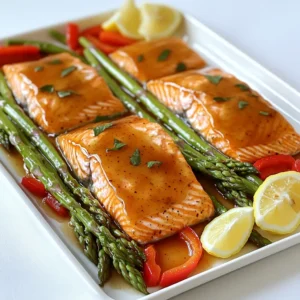

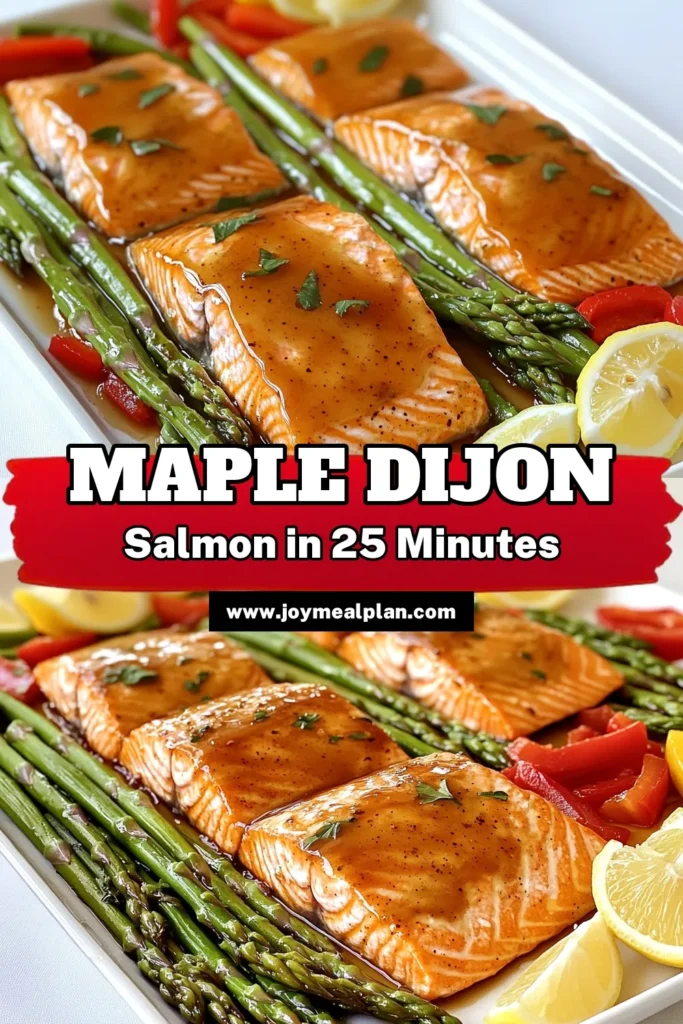
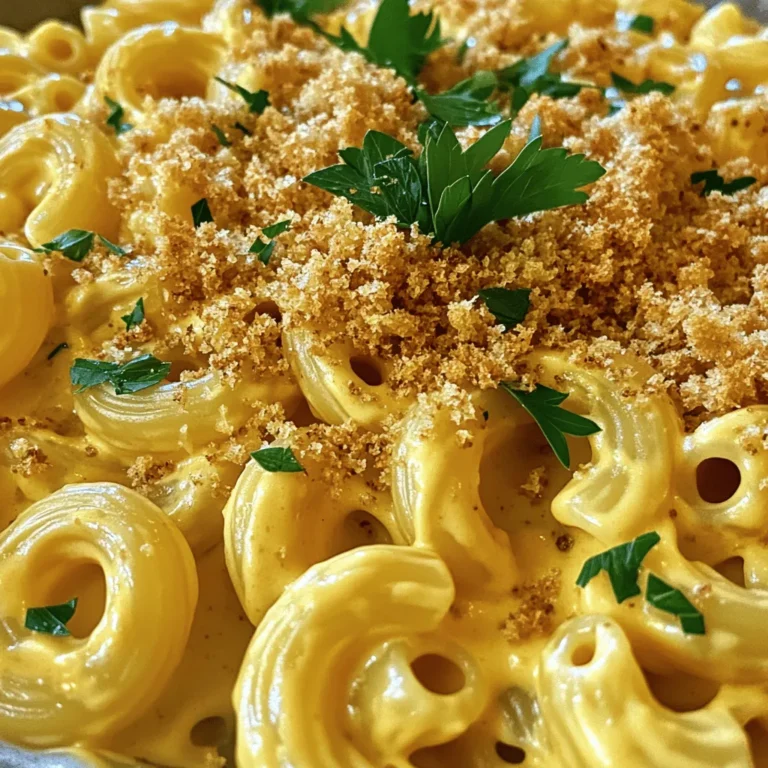
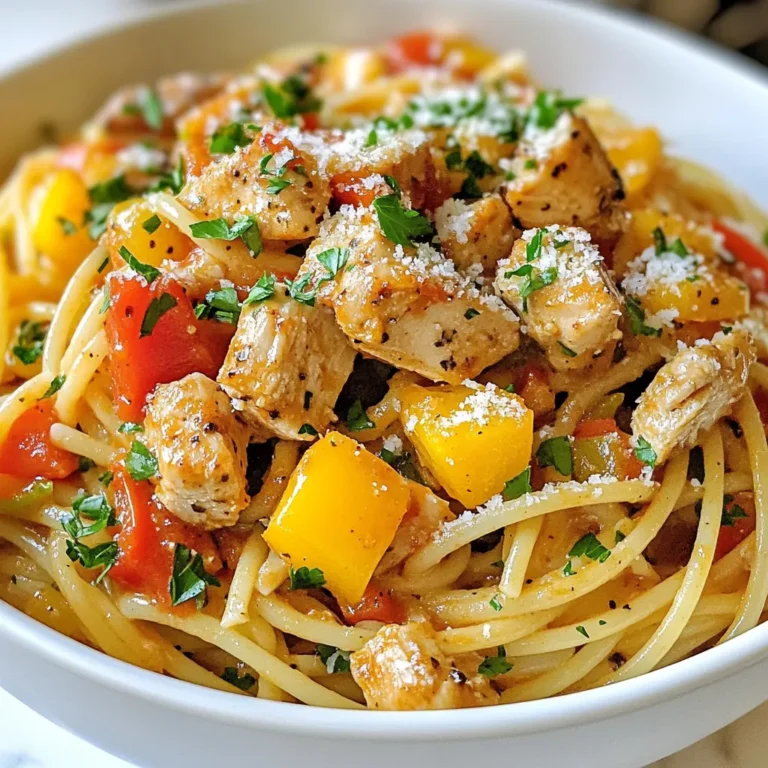
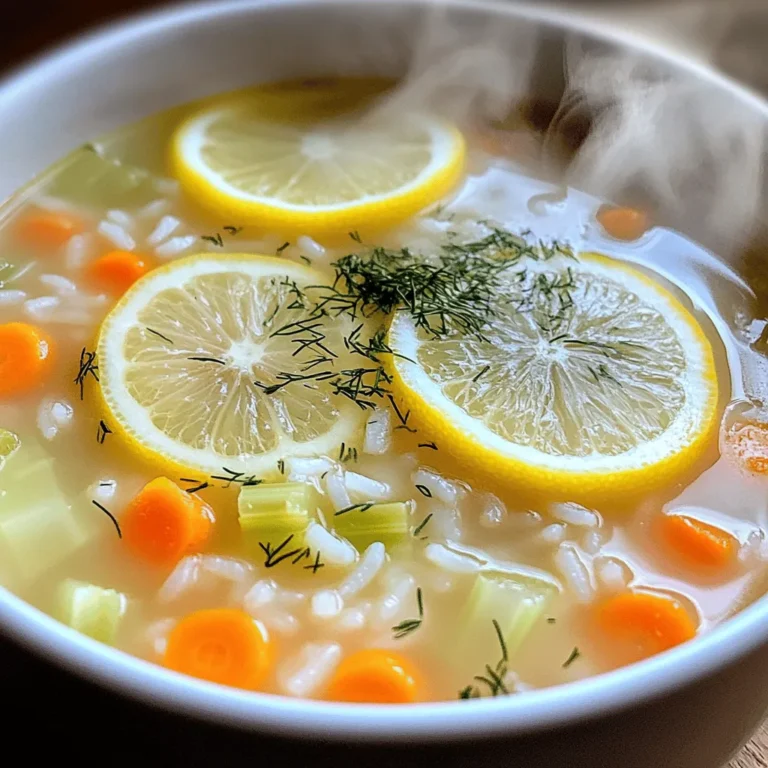
 for more details! Start by cooking the rice noodles. Follow the package instructions. Make sure to cook them until they are al dente. This means they should have a slight bite. After cooking, drain the noodles and place them in a large bowl. Set them aside as you prepare the other ingredients. For the best texture, rinse the noodles with cold water. This helps stop the cooking process and keeps them from sticking together. In a large frying pan or wok, heat the vegetable oil over medium heat. First, add the minced garlic and sliced onion. Sauté them for about 2-3 minutes. You want the onion to become translucent and fragrant. Next, add the sliced red bell pepper and julienned carrot. Stir-fry these veggies for about 3-4 minutes. You want them to soften but still have some crunch. This adds great texture to your dish. If you want to use eggs, push the veggie mix to one side of the pan. Crack the eggs into the open space and scramble them. Cook until they are fully set. Once cooked, mix the eggs back into the veggie blend. Now, carefully add the cooked rice noodles to the pan. Gently toss everything together to combine it well. In a small bowl, mix the soy sauce, lime juice, and brown sugar. Pour this sauce over the noodle mixture and stir well. Cook for another 2-3 minutes to let the flavors meld. Finally, add fresh bean sprouts and chopped green onions. Cook for just one more minute. Your Easy Veggie Pad Thai is ready to serve hot, garnished with crushed peanuts and fresh cilantro. Enjoy it with lime wedges on the side for extra flavor! Fresh ingredients make all the difference in Easy Veggie Pad Thai. Use crisp vegetables for the best taste. Look for bright bell peppers, firm carrots, and fresh bean sprouts. The right soy sauce also boosts flavor. I prefer low-sodium soy sauce, which adds depth without too much salt. You can also try tamari for a gluten-free option. Stir-frying is key for this dish. Heat your pan well before adding oil to avoid sticking. Keep the heat high, and don’t overcrowd the pan. This helps all the veggies cook evenly and stay crunchy. Stir-fry each type of veggie separately if you want to control their doneness. Add them back together later for the best texture. How you serve your Pad Thai can make it more fun. Use a large plate or bowl to show off those colorful veggies. You can also layer your ingredients for a nice look. Pair it with spring rolls or a fresh salad to round out the meal. For drinks, a light iced tea or lemonade works great with this dish. For the full recipe, visit the Easy Veggie Pad Thai section. {{image_4}} To make this dish vegan, simply skip the eggs. You can add plant-based proteins instead. Tofu works well and adds great texture. Tempeh is another tasty choice. Both options soak up flavor and make your meal filling. If you don’t have all the ingredients, don’t worry. You can swap in what you have. For example, use zucchini instead of carrots. Snap peas can replace bell peppers. In winter, try adding Brussels sprouts or kale for a seasonal touch. Do you like heat? To make your Pad Thai spicier, add red pepper flakes or Sriracha. Start with a little, then taste as you go. If you prefer a milder dish, reduce the soy sauce. You can also add more lime juice for a zesty flavor without spice. For the full recipe, check out Easy Veggie Pad Thai. To keep your Easy Veggie Pad Thai fresh, let it cool first. Spread it out in a shallow dish. This helps the heat escape quickly. Avoid stacking it in a deep bowl. When it cools to room temperature, cover it tightly. Use plastic wrap or a lid. This keeps it from drying out. In the fridge, your Pad Thai lasts about 3-4 days. Make sure it is in an airtight container. For longer storage, you can freeze it. It stays good for about 1-2 months. To freeze, place it in freezer bags. Remove as much air as possible before sealing. When you're ready to eat, just thaw it overnight in the fridge. When reheating, I recommend using a pan or a wok. This helps keep the noodles from getting mushy. Add a splash of water or soy sauce to keep it moist. Heat on medium, stirring gently. You can also use a microwave, but do it in short bursts. Stir between heating to keep it even. This way, your Easy Veggie Pad Thai stays tasty and enjoyable! Many people make a few mistakes when making Pad Thai. First, overcooking the rice noodles is common. They should be al dente, not mushy. Second, using too much sauce can make the dish too salty. Start with a small amount and taste as you go. Lastly, don’t forget to use fresh vegetables. They add crunch and color, making your dish vibrant and healthy. Yes, you can make Easy Veggie Pad Thai ahead of time. Cook the noodles and veggies, then store them separately. You can mix them with sauce when you are ready to serve. This helps keep everything fresh and tasty. Just reheat in a pan on low heat until warm. You can serve Easy Veggie Pad Thai with many sides. Try spring rolls for a crunchy treat. A light cucumber salad adds freshness. If you want more protein, add tofu or edamame on the side. You can also serve it with a refreshing drink, like iced tea or lemonade. To make Easy Veggie Pad Thai gluten-free, use gluten-free soy sauce. Most rice noodles are gluten-free, but check the package to be sure. This way, everyone can enjoy this tasty dish without worry. Customizing Easy Veggie Pad Thai is easy. If someone doesn’t like a veggie, swap it for one they enjoy. You can also adjust the sauce to suit their taste. Start with less sauce, then add more later. If they don’t want eggs, skip them. This dish is flexible, so everyone can love it! Easy Veggie Pad Thai is a fun and tasty dish. You learned the key ingredients like rice noodles and fresh veggies. We went through the steps to make it right, from cooking noodles to sautéing vegetables. I shared tips to boost flavors and ideas for serving it up. You can even explore variations to suit your taste. In conclusion, this recipe is flexible and simple. You can enjoy it in many ways. Now, it's time to try making your own Easy Veggie Pad Thai!](https://joymealplan.com/wp-content/uploads/2025/07/b6d480dc-093e-4ee9-84ae-64c3c7fdf555-768x768.webp)
